Free 7-Day Sugar-Free Diet Meal Plan (From a Nutritionist)
Learn how to follow a no sugar diet, with information about how going sugar-free can benefit your health. This post also includes a free 7-day sugar-free meal plan, including no-sugar recipes and snack ideas so you can stay on track.
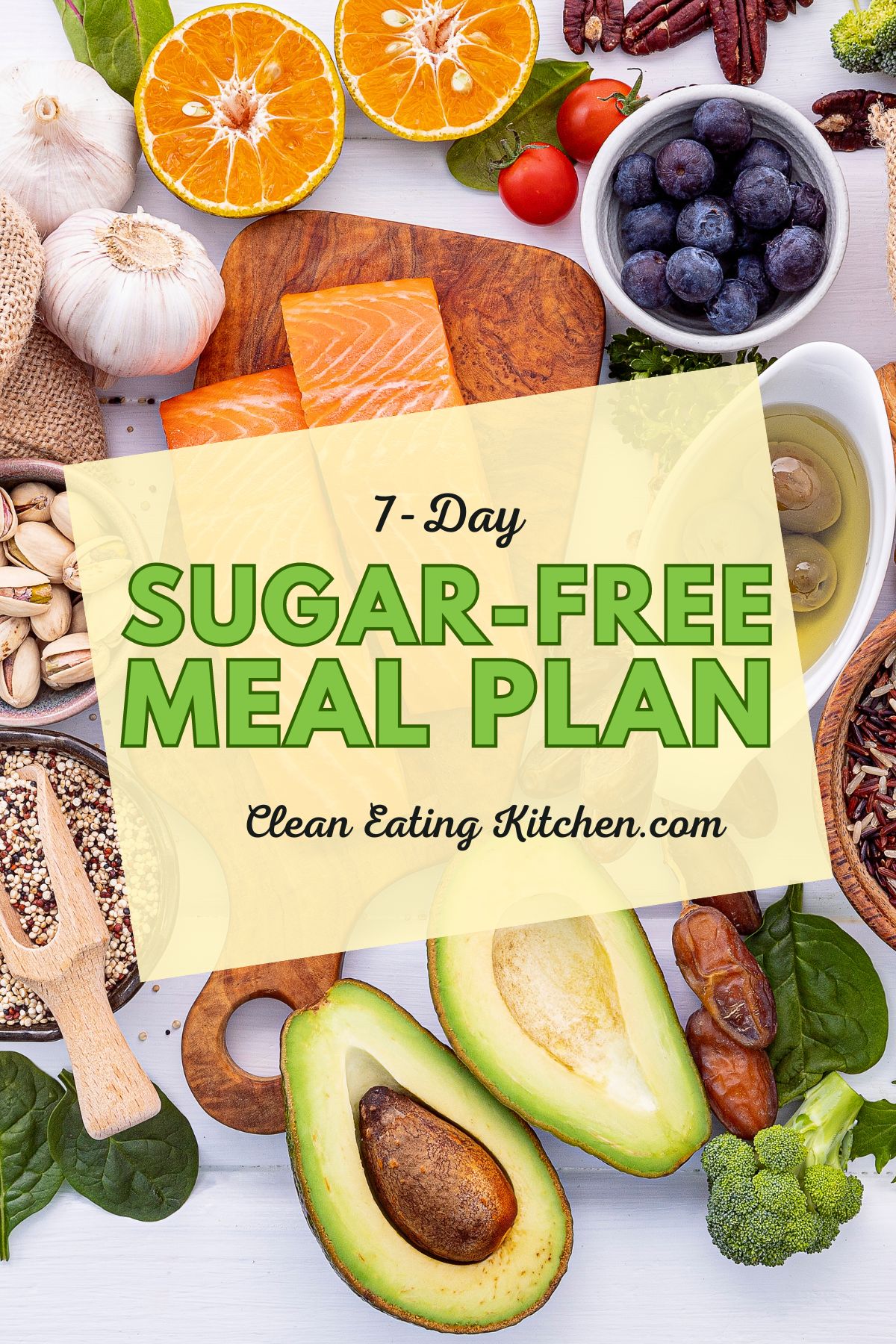
Sugar-Free Diet Plan
Whether you’re trying to lose weight or you just want to get healthier, reducing your intake of added sugars is a great place to start.
As a former “sugar addict,” I want to share my best tips and tricks for getting off the sugar rollercoaster and learning to enjoy real whole foods instead.
If you’re worried about what you can eat when on a sugar free diet, don’t worry! I’ll share tips and meal ideas on a no sugar diet.
While some sugar-free diet plans will have you eating just boiled chicken and steamed broccoli, my approach uses a variety of flavorful, nourishing, and satisfying foods that are balanced in macronutrients including protein, healthy fats, and complex carbohydrates.
My background as a nutrition expert with a master’s degree in public health makes my website and me a great resource for anyone looking to reduce added sugars in his or her diet.
Sugar-Free Diet Plan Overview
If you’re concerned about what you can eat on a no-sugar diet, then rest assured that there are tons of choices.
In fact, if you decided to avoid processed foods and just ate whole foods, then you would naturally be close to an anti-inflammatory diet that is very low in added sugars.
A sugar-free diet doesn’t have to be limited or leave you hungry and unsatisfied. I’ll share some delicious and nourishing breakfast, lunch and dinner ideas below that are all made without any added sugars.
You can also check out my clean eating food list for a list of foods that I consider to be part of a real food approach. You might also like my post about how to eat clean without starving yourself.
Also, if you’re going sugar-free, you might want to check out my tips for going sugar-free without going crazy.
No Sugar Breakfast Ideas
If you’re going sugar-free, a savory breakfast will be your friend! You’ll help reduce sugar cravings by signaling to your brain first thing that sugar is not available.
But, don’t be afraid of adding fruit to your breakfast either. Fruit in moderation is healthy for almost everyone and does not include added sugars. Fruit in its whole form (as opposed to fruit juice) contains antioxidants, fiber, and natural sugars.
When planning your breakfast, shoot for at least 25 grams of protein to help keep blood sugar stable and reduce hunger the rest of the day.
If you need some sweetness for your coffee, then check out my article with the best sugar substitutes. It’s probably best to avoid artificial sweeteners whenever possible.
No added sugar breakfast ideas include:
- Egg muffins made with hams, sausage or bacon
- Green smoothie made with collagen protein and berries
- Leftovers from dinner the day before
- Chia pudding sweetened with fresh berries
While you should probably skip fruit juice and breakfast cereals with breakfast, you can certainly fill up on other healthy foods.
It’s also a good idea to avoid sugar-laden coffee drinks found at most coffee shops. Instead, stick with black coffee or tea. Use just a tiny bit of sugar or a natural sugar substitute if you want to sweeten your coffee.
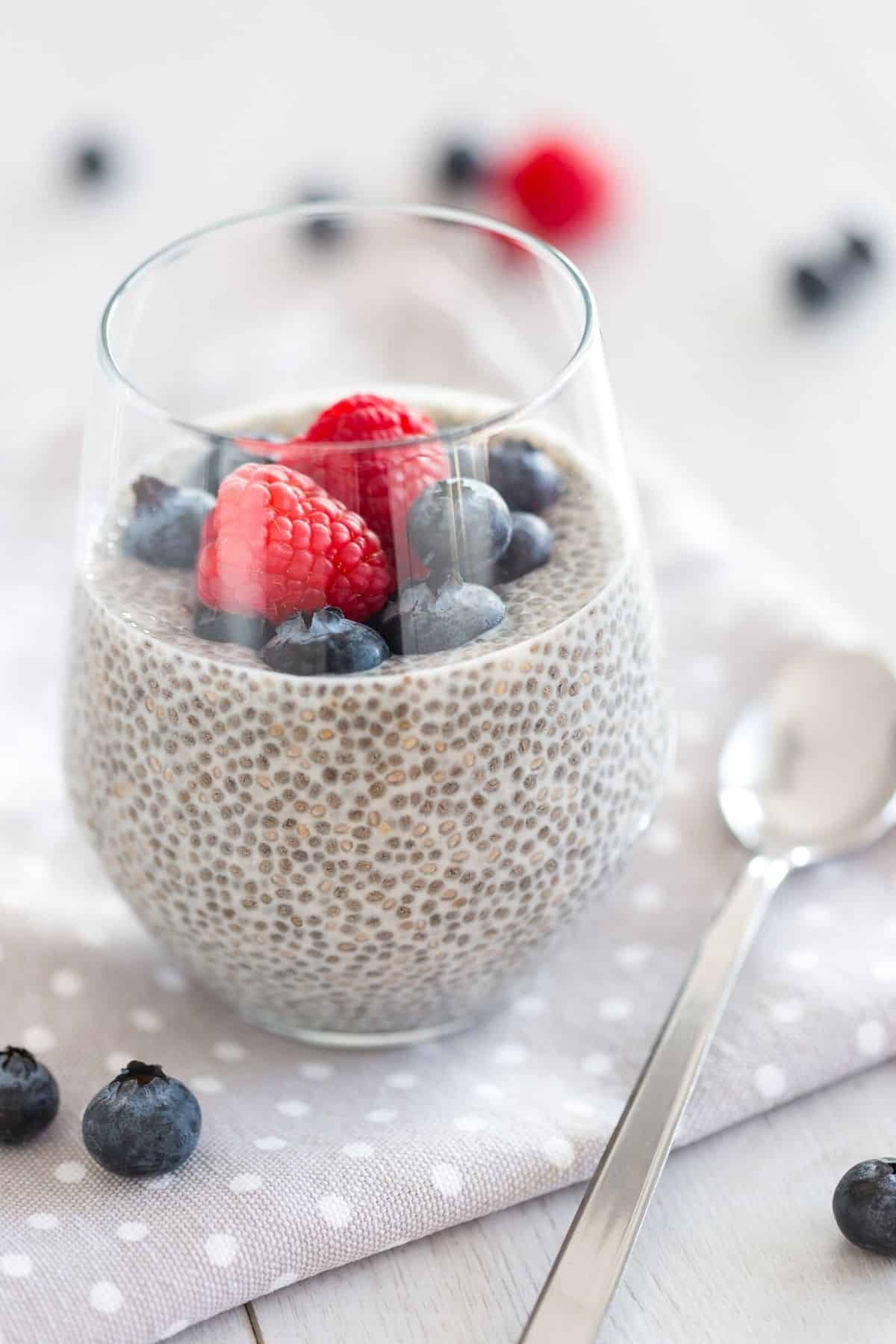
Sugar Free Lunch Ideas
Lunch is a good time to get some antioxidants from fruit, starchy veggies, or greens, plus protein and fat.
By balancing your meals with macronutrients (fats, carbs, and protein), any natural sugars or carbohydrates you consume at lunch will be used as energy throughout your afternoon rather than stored as fat.
Make your own homemade salad dressings to avoid added sugar, and make sure you read the labels and ingredients list on any packaged foods.
No-sugar lunch ideas include:
- Power bowl with whole grains, legume, baked fish or roast chicken, and avocado
- Salad topped with a hamburger patty or sliced sausage and tons of raw shredded veggies
- Hot soup with veggies, lean protein, beans, and a dollop of coconut yogurt (check out my low-carb Instant Pot Vegetable Beef Stew)
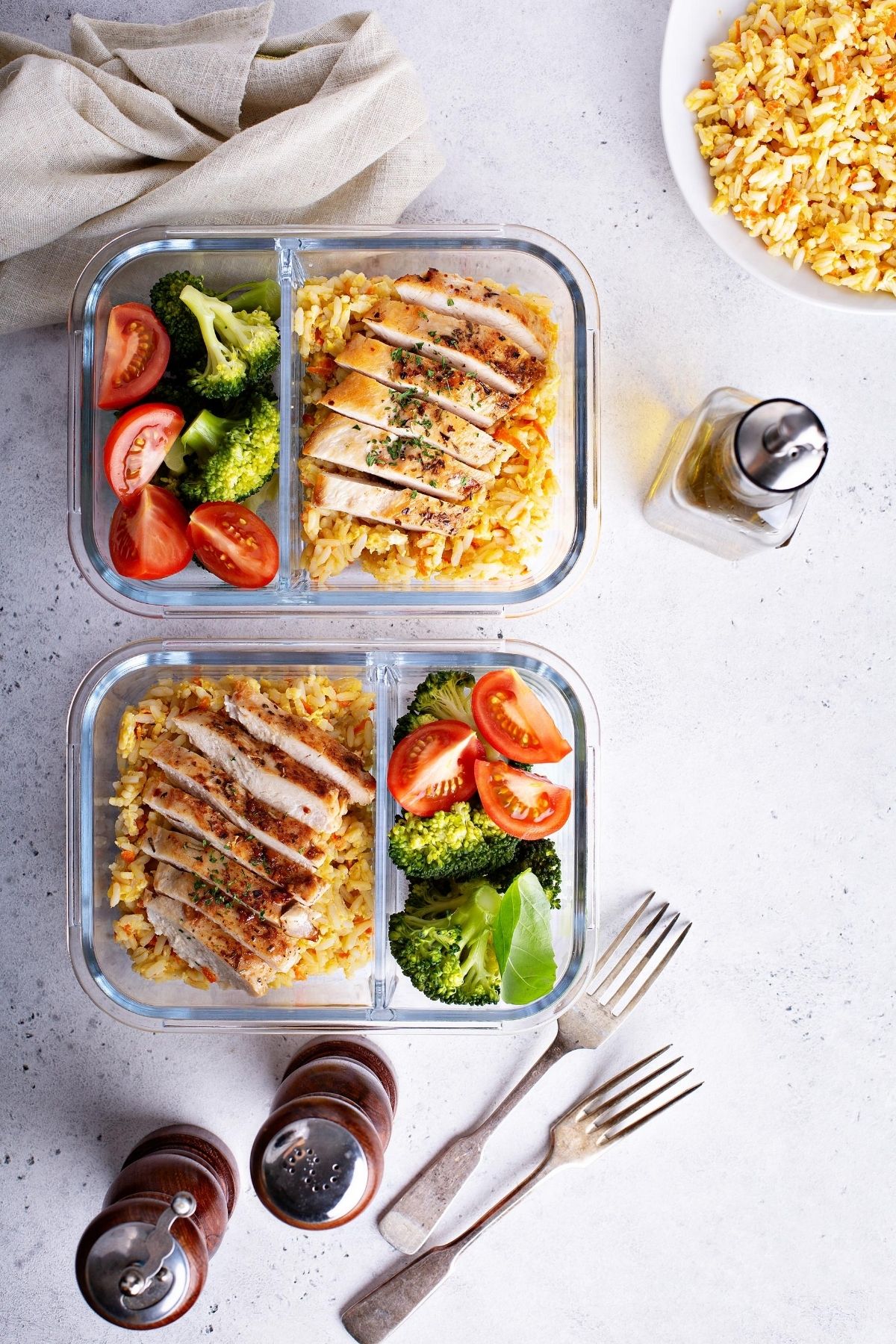
Sugar Free Dinner Recipes
If you went without sugar all day, feel free to pair your dinner with a piece of fruit or a healthy baked treat for dessert. Some people also enjoy a piece of dark chocolate as a healthy after-dinner treat.
No-sugar dinner ideas include:
- Hearty stew made with veggies, a grass-fed roast, and red potatoes (check out my Slow Cooker Pot Roast)
- Beans and rice bowl topped with guacamole
- Roast chicken served with roasted butternut squash and steamed spinach (or something like my Crockpot Chicken Thighs with Green Chiles)
- Instant Pot Beef Chili with Sweet Potatoes
7-Day No Sugar Meal Plan
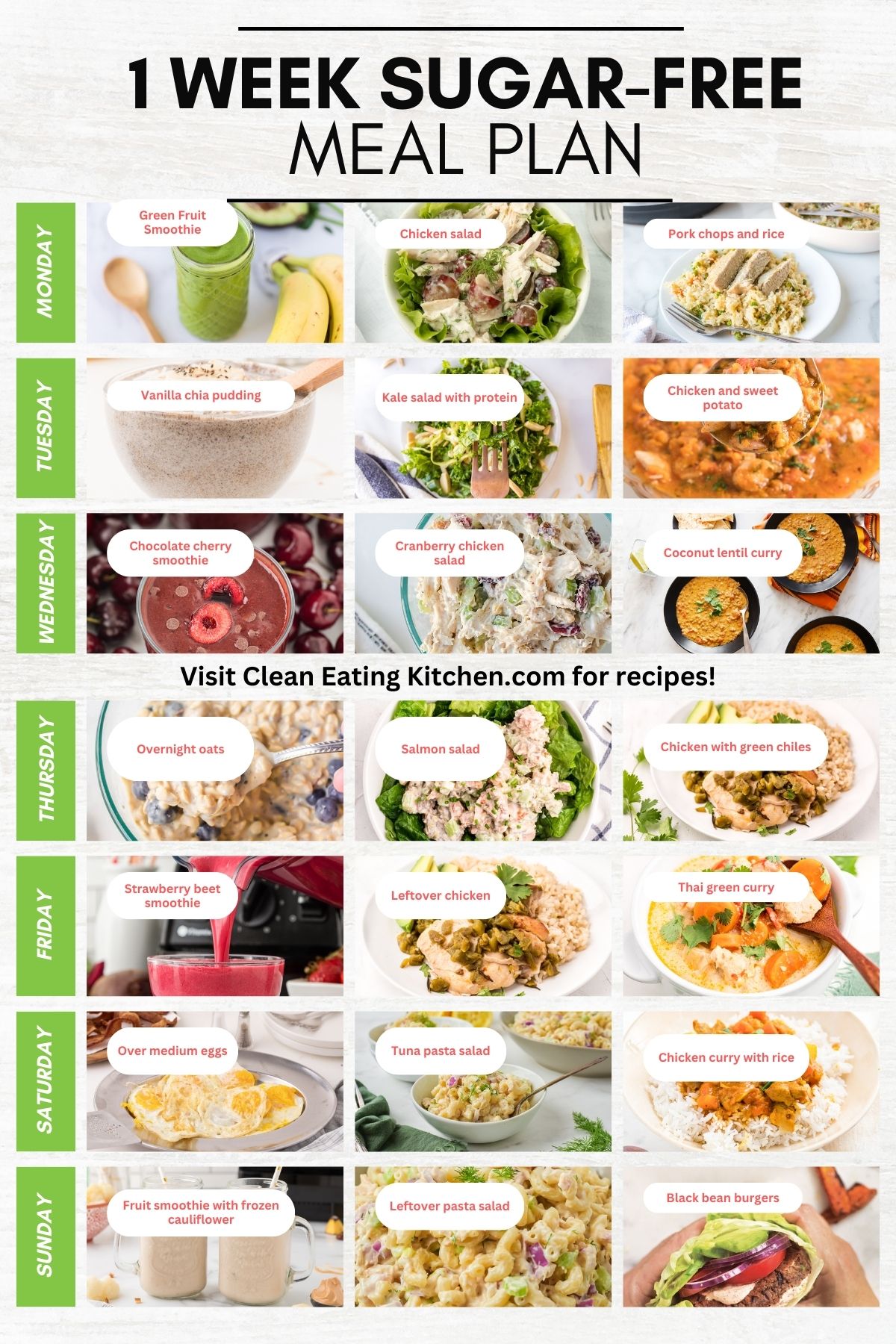
This No Sugar Diet Meal Plan is meant to serve as an example of what it’s like to eat for seven days with no added sugars.
So, while you might be giving up added sugars like honey, cane sugar, and maple syrup, you can still get added sweetness from natural sugars in fruit and sweet potatoes.
I think you’ll find that after the first week of going sugar-free, it will get much easier to avoid the sweet stuff and choose foods higher in nutritional value. A low-sugar diet will also help with consistent energy levels and reduce your chance of heart disease and insulin resistance.
Of course, always consult with your health care provider before making any changes to your diet. This diet plan is also dairy free and gluten free.
Monday
- Breakfast Weight Loss Green Smoothie
- Lunch Easy Clean Eating Chicken Salad served on greens or cooked quinoa
- Dinner Lentil Salad with Wild Rice (serve with avocado for a healthy fat source) or Instant Pot Pork Chops and Rice
Tuesday
- Breakfast Whole30 Vanilla Chia Pudding
- Lunch Erewhon Kale Salad served with grilled salmon or your choice of lean protein
- Dinner Instant Pot Easy Chicken & Sweet Potato Dinner
Wednesday
- Breakfast Chocolate Cherry Smoothie
- Lunch Healthy Chicken Salad served on greens or cooked quinoa (leftovers from Monday)
- Dinner Vegan Lentil Coconut Curry served with rice or Chicken Broccoli Rice Casserole
Thursday
- Breakfast Overnight Protein Oats (leave out the maple syrup or honey, top with sliced banana instead) or any of my Cancer Fighting Smoothies
- Lunch Salmon Salad with Mayo served on top of greens or cooked quinoa, rice, or wild rice (be sure that the relish for the salad is sugar-free)
- Dinner Crockpot Chicken Thighs with Green Chiles served with rice and steamed veggies or Mexican Potatoes
Friday
- Breakfast Strawberry Beet Smoothie
- Lunch Salmon Salad with Mayo served on top of greens or cooked quinoa, rice, or wild rice (leftovers from Thursday)
- Dinner Instant Pot Thai Curry Chicken Soup (leave out the coconut sugar)
Saturday
- Breakfast Acai Smoothie with Coconut or Over Medium Eggs with your choice of sides
- Lunch Healthy Tuna Pasta Salad
- Dinner Instant Pot Chicken Curry
Sunday
- Breakfast Cauliflower Smoothie
- Lunch Healthy Tuna Pasta Salad leftovers from Saturday
- Dinner Vegetarian Black Bean Burgers with Sweet Potato Fries
Sugar Free Snacks
- Air Fryer Kale Chips
- Garlic Roasted Chickpeas
- Peanut Butter Chia Pudding made with Almond Milk Vitamix
- Keto Deviled Eggs
- Keto Trail Mix
- Sugar Free Pomegranate Popsicles
Other simple snacks with no added sugars include:
- Hard-boiled eggs
- Baby carrots with hummus
- Greek yogurt with berries
- Handful of almonds or other nuts or seeds
- Apple and nut butter (check the label to make sure there are no sugars in the ingredients)
- and leftovers from breakfast, lunch, or dinner
More Resources You Might Like
Why Go Sugar-Free?
Let’s talk about why too much sugar is a problem that can lead to health problems.
Sugar consumption is at an all-time high. The average American consumes at least 17 teaspoons of sugar a day, when the recommended amount is ideally less than 6 teaspoons for women and 9 teaspoons for men.
Roughly 39% of American adults are obese, and there’s evidence that sugar is a major culprit.
If you’re following a standard American diet, chances are that you’ll find sugar in nearly everything you eat, and not just sweet foods or sugar foods.
Sugar is sneaky, making its way into even savory foods–you likely have no idea how much you’re actually consuming.
Food manufacturers use different names for sugar to help hide them in food labels. This is particularly true of processed foods, which often
FAQs
Being sugar free can mean different things to different people. For some, it may mean no processed sugar, but natural sugar is allowed. For others, it may mean cutting processed sugar and limiting natural sugars as well. And for a few, it may mean no processed sugar, no natural sugar, and no natural sweeteners either (i.e., stevia, monkfruit, yacon syrup). Read more about doing a sugar detox if you want to go cold turkey.
For this article, we’ll go with the moderate approach of cutting processed sugar and limiting natural sugars from fresh fruits as well. This means limiting fruit to several servings a day or less, and reserving natural sweeteners like honey, maple syrup, or coconut sugar to special occasions.
Keep in mind that sugar is an addictive substance, so you could be breaking an addiction. Don’t get too hard on yourself if you fall back into old habits. With patience and consistency, you can stop sugar cravings and adjust your taste buds.
Try one of these strategies based on the Abstainer vs. Moderator theory, and know that you can always switch if you’re not seeing results:
Moderate: Limit all sugars (natural and processed), but allow healthy treats and indulgences. This approach will look different for every Moderator. As a Moderator, you enjoy having sugar in your diet, and it doesn’t make you crave or obsess over it like you would if you cut it completely. Allow yourself to eat fruit, use honey or maple syrup to sweeten healthy treats, and use stevia or monk fruit. See my list of the safe sweeteners.
Abstain: Completely eliminate all sugars (fruit, coconut sugar, sweet veggies) and sugar-free sweeteners (stevia, monkfruit, etc.) An Abstainer may even take it a step further by cutting out hyperpalatable foods or things with a ‘sweet’ taste such as nut butters, coconut, or vanilla. Abstainers know that if they allow anything sweet, the cravings will just continue. Indulge yourself with fat and 100% dark chocolate, but be careful not to label it as a reward. Check out my sugar detox plan.
Whether or not you should eat potatoes on a sugar-free diet depends on your reason for the diet. If you are looking to retrain your tastebuds and simply ensure a longer, healthier life, then potatoes are a nutrient-dense food to enjoy.
However, if you’re going sugar-free to help balance blood sugar, be mindful of including potatoes too often. Potatoes are relatively high on the glycemic index, meaning that they cause a sharper rise in blood sugar. Someone looking to keep blood sugar stable should focus on protein, fat, and non-starchy veggies.
Learn more about natural sugars vs. added sugars.
A sugar-free diet can certainly help you lose excess weight and achieve your weight loss goals.
As described earlier in this blog post, sugar is either used by cells for energy or is stored as fat. Going sugar-free allows your body to use all the sugar it’s given (from starchy veggies or fruit) and minimize the likelihood of any being stored as fat. Moreover, you can lose inflammation weight by reducing your sugar intake.
On a strict no-sugar diet, naturally occurring sugars, including those in fruits like bananas, are typically avoided. However, if the diet only restricts added sugars, then bananas can be consumed. It’s important to discuss with your healthcare provider how restrictive you need to be on a sugar-free approach.
The time it takes to detox from sugar can vary depending on individual factors and the level of sugar consumption. Generally, physical symptoms like cravings and fatigue can last from a few days to two weeks. However, psychological cravings and habits associated with sugar consumption might take longer to overcome.
More Sugar-Free Resources You Might Find Helpful
Conclusions
There are proven health benefits to cutting back on sugars in your diet, especially added sugars. Use this post and diet plan as guidance to help with a no sugar diet. Eating a real food diet without a lot of sugar can help you manage your weight and address other health concerns including inflammation and blood sugar issues.
Don’t forget to join my newsletter list to get exclusive clean eating recipes and tips. The newsletter is 100% free with no spam; unsubscribe anytime.
About the Author: Carrie Forrest has a master’s degree in public health with a specialty in nutrition and is a certified holistic nutritionist. She is a top wellness and food blogger with over 5 million annual visitors to her site. Carrie has an incredible story of recovery from chronic illness and is passionate about helping other women transform their health. Send her a message through her contact form.
Note: this post is for informational purposes only and is not intended as medical advice. Please consult your healthcare provider for recommendations related to your individual situation.


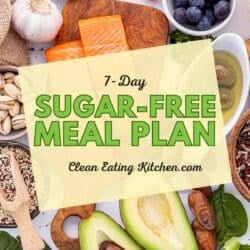
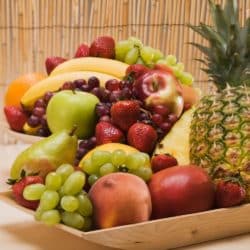
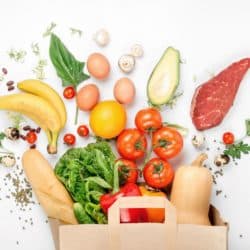
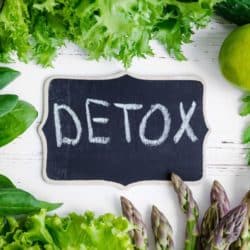
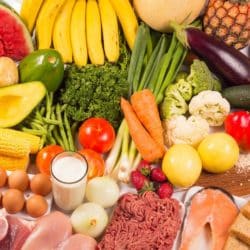

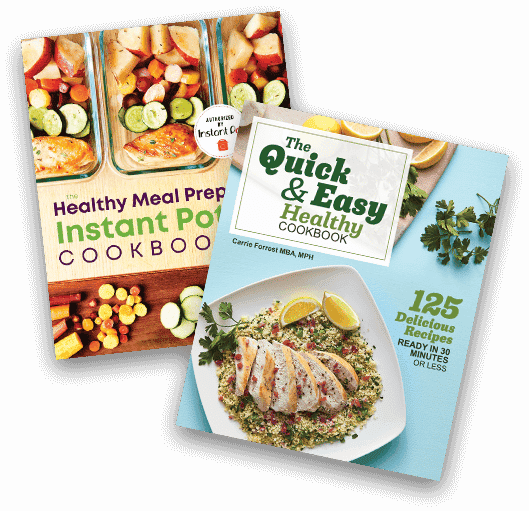


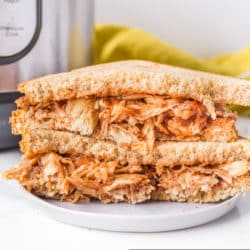
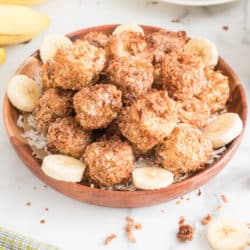
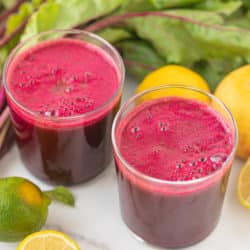
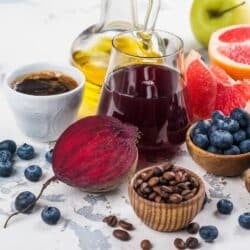

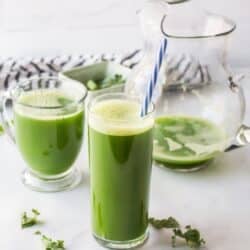
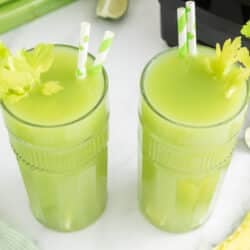


A lot of people have labeled honey as bad because it’s sugary, but to me honey is ok, since it’s made by nature, not humans. Plus, it has benefits. I think refined sugar, not honey, is more the culprit.
This is the beginning of my journey and I will be requesting a nutritionist through the Cinic.
Great, I am confident that you will get some great information. Stay strong! Sending lots of love and hope for you to get through this. XOXO.
Hi – I’ve just been diagnosed with cancer / stage 4 lymphoma. I have a friend who went through the same thing and swears by cutting out the sugar in her diet- along with the medical therapies. I have a horrible sweet tooth and am called the Dessert Queen in my family! I’ve seen a couple different sites with differing takes on different foods as with or without sugars. Getting a bit confused.
Day 1 – here we go for the battle!
Hi Julie, do you have an oncology nutritionist you can work with? I think that would be very helpful as you have very special needs right now.
Hi. I just stumbled on your website. Great information. I don’t have to lose weight, I’m quite the opposite.My trainer has me on a high fat diet. But chocolate chip cookies, frosted flakes and BBQ chips were BAD habits I picked up due to my environment and have not eaten them in over a year now. I have stubborn belly fat that I’m trying to lose. I want to see some abs. I’m 7 days in of no sugars with 39 days to go.
Does eating a half of an apple or a small apple every night with cinnamon sprinkled on it, constitute no sugars. Some say yes others say no. I was eating that for two and a half weeks and decided to go “cold turkey” it is very difficult as I love apples.
Hello and congrats on your success so far! You’ve gotten through the hardest part for most people which is the first week. I am of the mindset that whole fruit is part of a healthy diet. In my Sugar Free Challenge, I allow for fruits. If you want to join my Facebook group for support, just look for Sugar Free Challenge Hosted by Carrie Forrest. Good luck and keep up the good work!!!
Wow! Thank you for these ideas! I really enjoyed reading your article. I also try to avoid sugar, because it can be very harmful. I eat a lot of fruit and vegetables
Thank you so much for this, and your sugar detox article!
I am heavily addicted to sugar and today is day 1 of no sugar- not even natural or artificial sweeteners. I’ve tried to quit sugar many times. This time I’m treating it like I treated my nicotine addiction. I am already experiencing some heavy cravings. Reading this helped a lot to know I’m not alone and that sugar addiction is very real. Thank you!
Hi Alison, I’m so glad you’re on this journey, but I know how hard it can be. It should get easier in the next couple of days. Let me know if I can help! You are in my Facebook group, right?
I am not a vegan so I don’t know how this will for me. I also don’t use sugar at all but desserts I crave. That is what I am seeking is to get off treats.
Hi Carrie:
I am so glad you approach this topic sugar in our diet. I am struggling with it too and my family. We all like sweet things, but it is not good for us. I am getting to a point where I don’t use sugar, but technically, we can’t do without having something sweet in the house. Although I don’t see who eats what at times, but sweet foods disappear in this house. Type 2 diabetes is in this family, but I am working on it and all of us will benefit from your suggestions.